When a skincare brand chooses to carry out a clinical test, it’s because they want to prove the product(s) actually work. The amount of data that can be collated from participants who volunteer to flog a new product like Go-To’s founder would, really boosts the credibility of a brand. Plus, consumers can then see results with their own eyes, before purchasing.
How does clinical testing work?
Performed within a clinical environment, these tests are carried out by trained professionals. Baseline measurements are taken at the beginning of the test, before any product has been applied, and then again at different intervals throughout the test period. Depending on the design of the study (which will change per product, ingredient, brand) it can be conducted in as little as one hour, or as long as 12 weeks. It just depends on the results being investigated. Some results you might not expect to see until after a full skin cycle (like the reduced appearance of pigmentation) and some you could expect to see pretty quickly (like increased hydration).
It’s worth noting as well, that while in the clinical test, participants follow strict protocol in terms of frequency of application and the amount of product used in their routine.
(Think of this like the cold, hard facts.)
How many people are tested in a clinical trial?
It varies! Each clinical trial is different with different objectives—so it only makes sense for the number of participants to be different too.
Most clinical trials in the world of skincare rely on a small controlled group to help ensure precise measurements with consistent participation.
Go-To partners with independent clinical testing facilities (and a team of very smart researchers) to help design the study when concocting new products. In the case of Very Amazing Retinal, a 12 week clinical trial with 33 participants was performed. Clarifying Face Hero, on the other hand, was tested over 8 weeks with 28 participants.
Each study will differ depending on the product, but it tends to be a small controlled group so accuracy isn’t compromised.
And is it the same thing as a consumer study?
Similar, but no. A consumer study is another way of acquiring data but it relies instead on participants agreeing or disagreeing with a series of statements about the visible results and sensory appeal - do you like the way it felt, do you think your skin felt firmer after use etc.
When evaluating the statements that participants took the time to assess, agree with (or not), these results still hold high value. For example if you’re sensitive to textures and 100% of participants enjoyed the feel of the product, then chances are you will also enjoy how it sits on your skin. If you’re looking for anti-wrinkle efficacy and 85% of participants agreed that they saw an improvement in the appearance of their wrinkles, then it’s likely you’ll experience a similar outcome. Although these kinds of results aren’t measured using specialised machines, sometimes they resonate the most. It can be difficult to understand what a 10% reduction in wrinkles looks like, but if 100% of participants agreed they saw a reduction, that is very easy to relate to.
(And this like the fluffier feedback.)(Which is still very valid!)
So it’s quite a big deal when brands release products with proven results?
Uh huh! Sure is! “Planning for a clinical test in skincare can significantly increase the development timeline and add complexity and costs to managing a new product project. Which can slow us down in getting that product into the hands of customers.
As a formulator you can spend a lot of time researching and selecting ingredients that you have faith will provide certain benefits for the skin. But when you receive the report from the clinical study, and these benefits become fact, every ingredient working together in harmony, it's the cherry on top of all the hard work!
As a very biassed product parent, I always believe in the product, but when you have a graph and all this scientific data to prove it, it’s so rewarding.” Ingrid, Go-To’s Formulation Chemist.




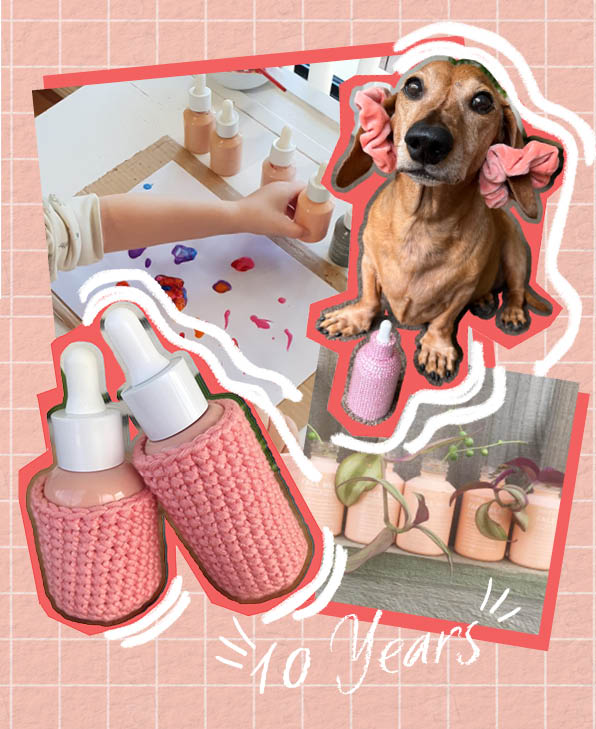

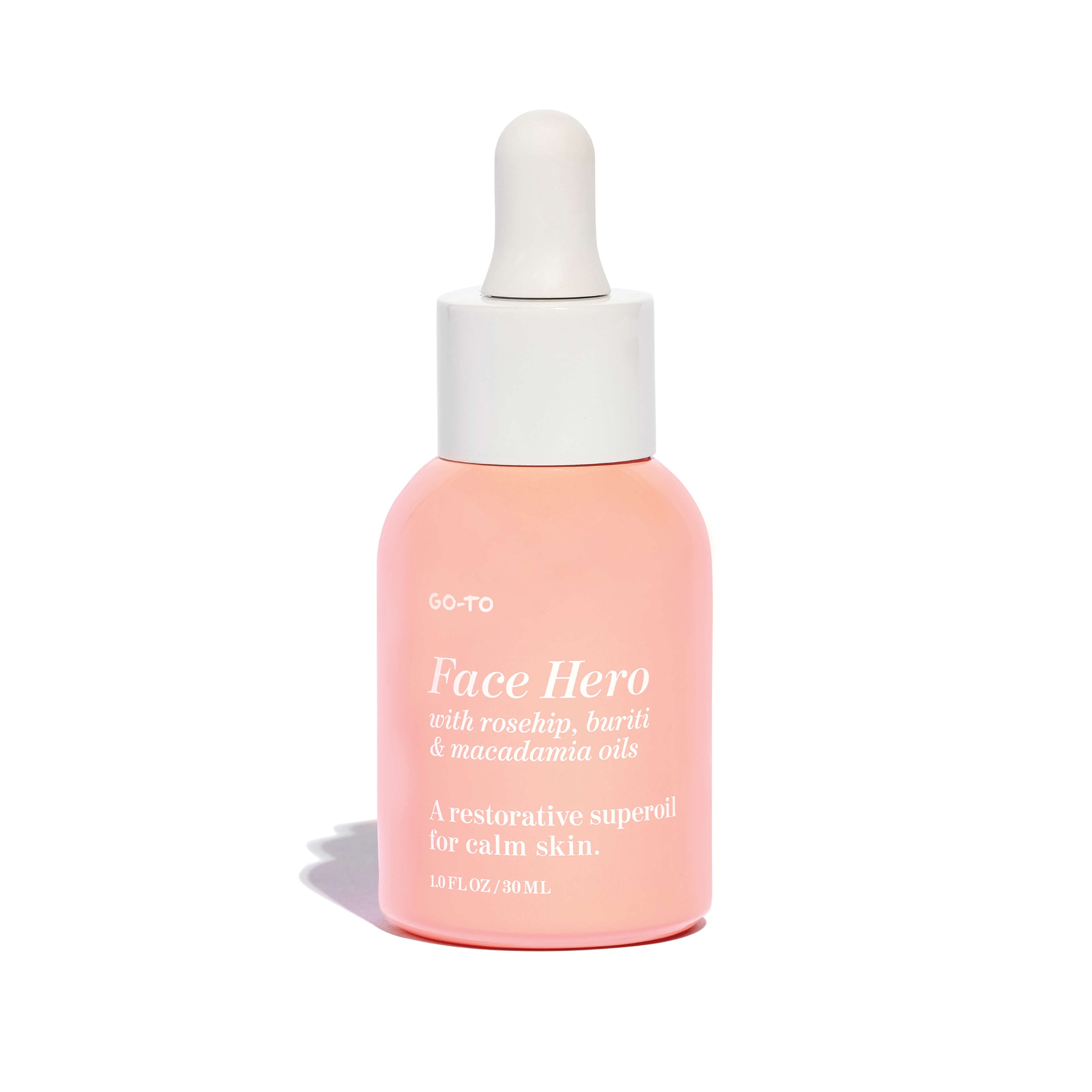


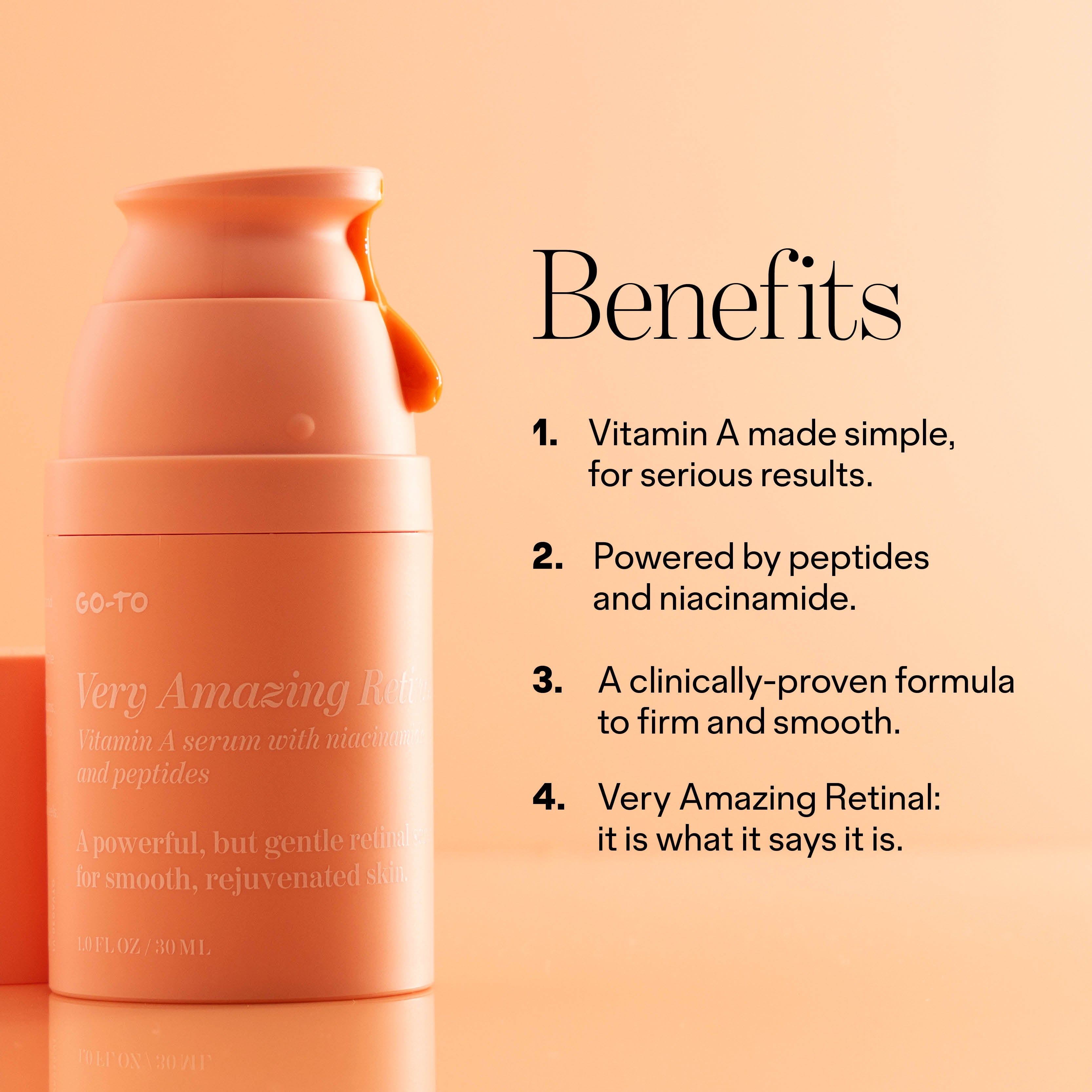
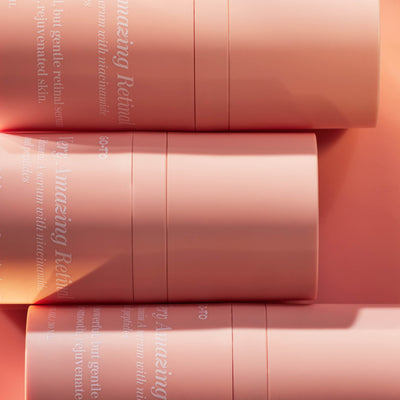



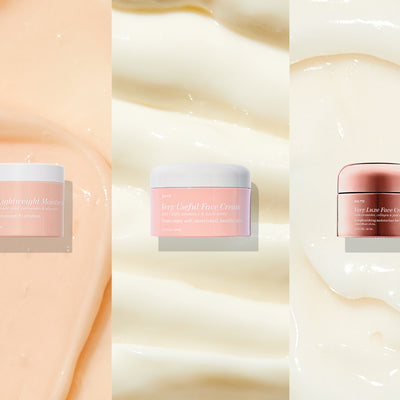
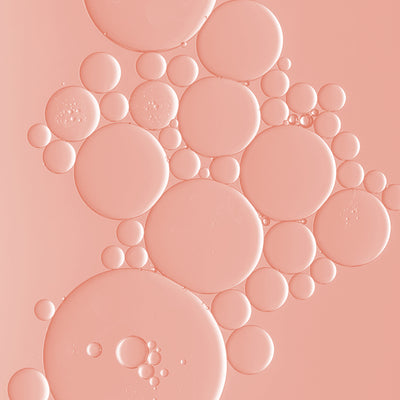
Comments